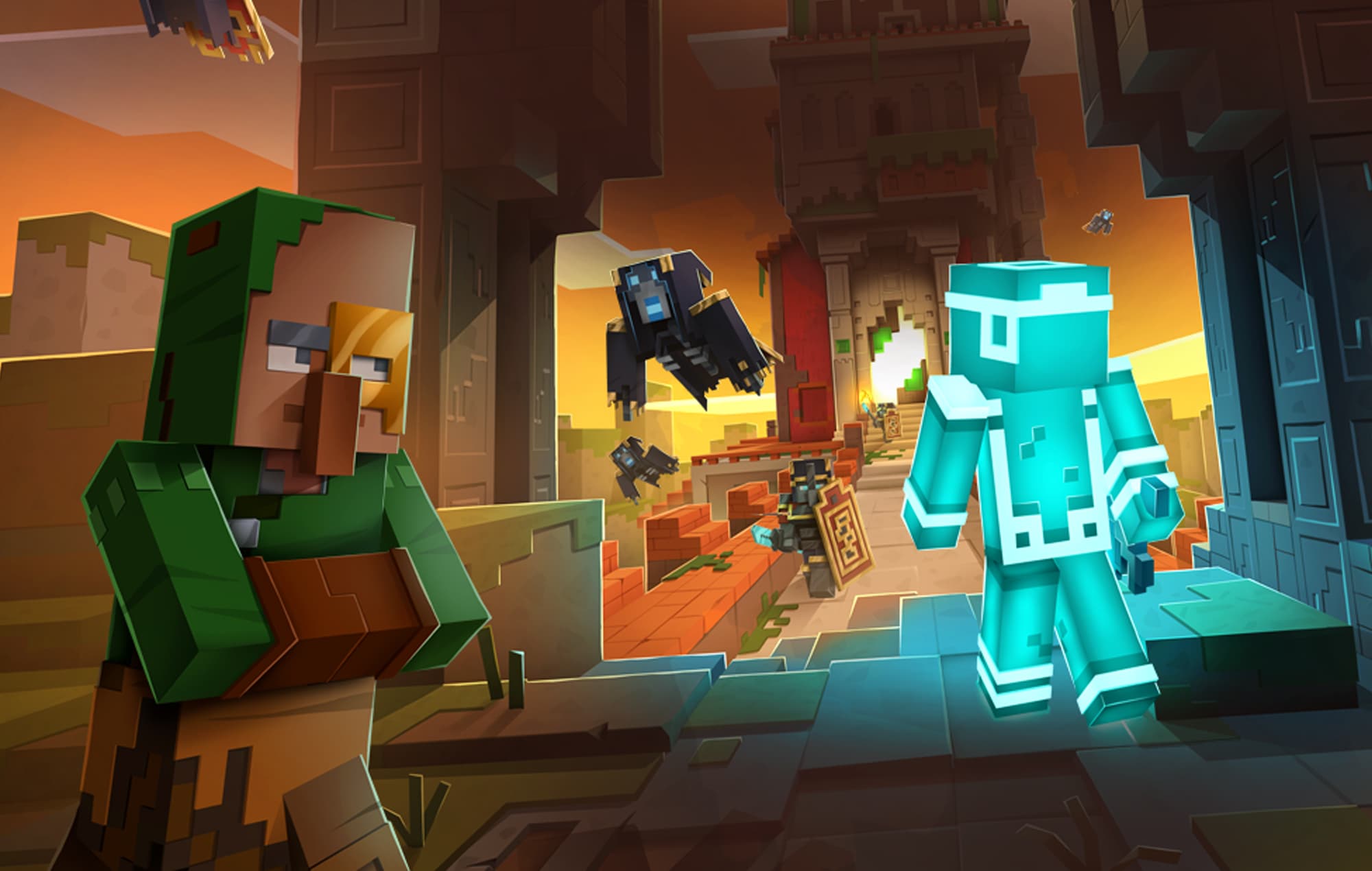Getting Started with Minecraft Server Hosting: A Beginner's Guide
Chief Executive Officer

Getting Started with Minecraft Server Hosting
Setting up your own Minecraft server can seem daunting at first, but with the right guidance, it's easier than you might think. In this comprehensive guide, we'll walk you through everything you need to know to get your Minecraft server up and running.
Why Host Your Own Server?
Before diving into the technical details, let's discuss why you might want to host your own Minecraft server:
- Complete control over gameplay rules and settings
- Play with friends in a private environment
- Install mods and plugins to customize your experience
- Create a community around your unique vision
Choosing the Right Hosting Option
When it comes to hosting a Minecraft server, you have several options:
Self-Hosting
Self-hosting means running the server on your own computer. While this is free, it has significant drawbacks:
- Your computer must stay on 24/7
- Performance issues if your hardware isn't powerful enough
- Your home internet connection might not be suitable
- You'll need to configure port forwarding
- No DDoS protection
Dedicated Hosting Service
Using a dedicated Minecraft hosting service like Synth Hosting offers numerous advantages:
- Professional hardware optimized for gaming
- 24/7 uptime with reliable infrastructure
- DDoS protection to keep your server secure
- One-click mod installation
- Automatic backups to prevent data loss
- Technical support when you need help
Server Requirements
Minecraft server requirements depend on several factors:
| Players | RAM Recommended | CPU |
|---|---|---|
| 1-5 | 2GB | 2 Cores |
| 5-10 | 4GB | 3 Cores |
| 10-20 | 6GB | 4 Cores |
| 20+ | 8GB+ | 4+ Cores |
Note: These requirements increase if you use mods or plugins.
Basic Setup
Once you've chosen a hosting provider, follow these steps to get started:
- Select your Minecraft version - Choose between Java Edition or Bedrock Edition
- Select your server type - Vanilla, Spigot, Paper, Forge, etc.
- Configure server settings - Adjust server.properties file
- Set up operator permissions - Decide who can use admin commands
Essential Configuration
Here are some important settings to configure in your server.properties file:
# Basic server settings
server-name=My Awesome Server
gamemode=survival
difficulty=normal
pvp=true
max-players=20
# World settings
level-seed= # Leave blank for random seed
level-type=default
spawn-protection=16
# Performance settings
view-distance=10
simulation-distance=10
Plugins and Mods
Enhance your server with plugins (Bukkit/Spigot) or mods (Forge):
Popular Plugins
- Essentials - Core commands and features
- WorldEdit - In-game world editing
- Grief Prevention - Protect land and items
- Dynmap - Real-time web-based map
Popular Mods
- Biomes O' Plenty - Adds new biomes
- Just Enough Items - Item recipe viewer
- Create - Engineering and automation
- Optifine - Graphics enhancements
Conclusion
Setting up and managing a Minecraft server requires some initial effort, but the rewards of having your own customized gaming space are well worth it. With Synth Hosting's solutions, you can skip many of the technical challenges and focus on what matters most: creating amazing experiences with your friends and community.
Ready to start your Minecraft server journey? Check out our Minecraft hosting plans and get your server running in minutes!